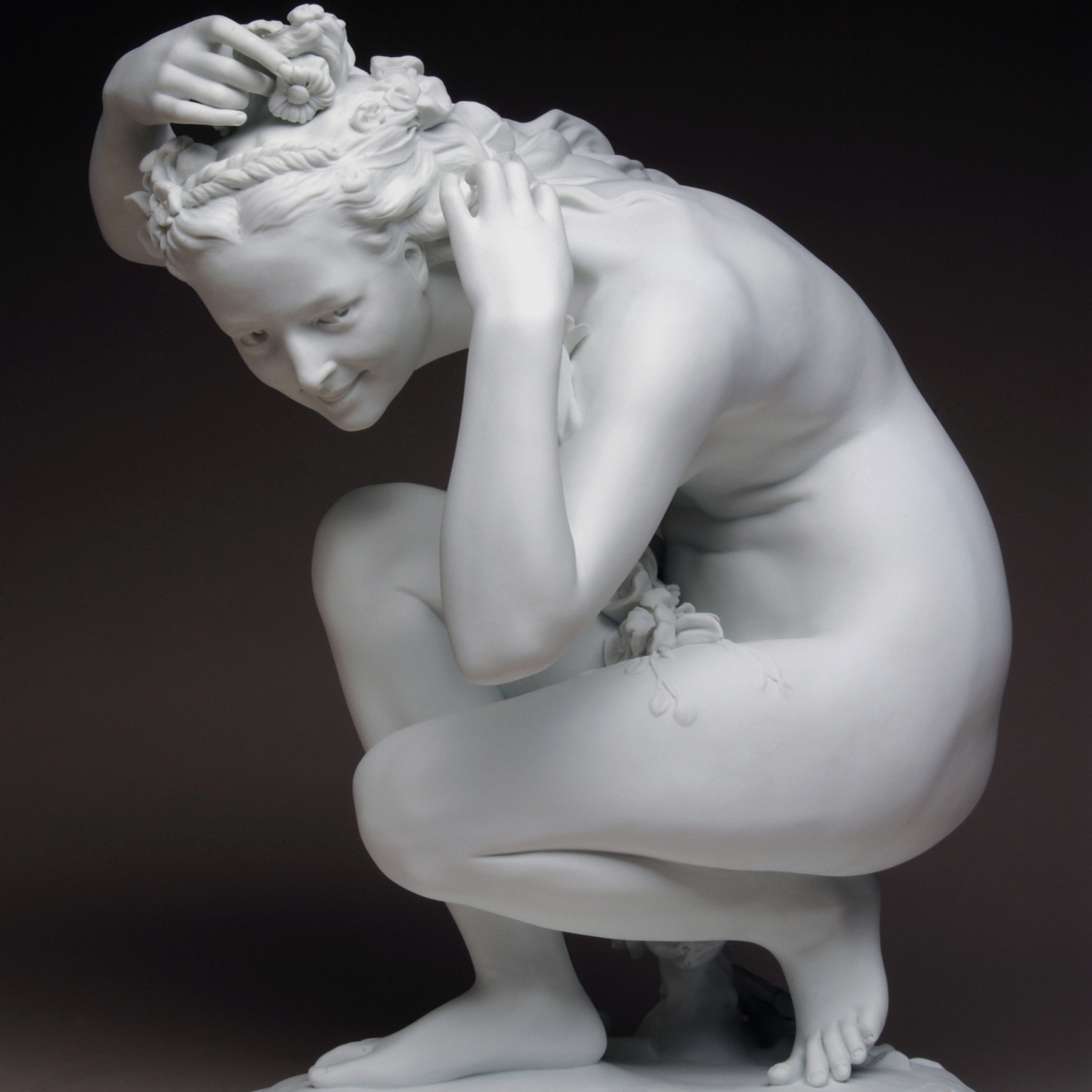Beginning from 14 May 2016, the exhibition Three Centuries of Elegance: Manufacture de Sèvres 1740 - 2016 will be presented at Xi'an Qujiang Museum of Fine Arts. The exhibition is jointly organised by Xi'an Qujiang Museum of Fine Arts, Cité de la Céramique - Sèvres et Limoges, and Galerie DUMONTEIL, co-organised by pARTage. The exhibition will guide the audience to explore the historical Manufacture and the connection between Sèvres and China through more than 300 exquisite porcelain pieces from Sèvres.
The Manufacture de Sèvres, which was founded in the town of Vincennes in 1740 and then reestablished in larger quarters at Sèvres in 1756, became a preeminent porcelain manufacturer in Europe in the second half of the eighteenth century. Louis XV had been the early investor in the fledgling Manufacture de Sèvres and became its sole owner in 1759. The porcelains of Sèvres were sent as diplomatic gifts from France and rose to be the symbol of power and royalty. The exhibition is also an unprecedented opportunity to show Chinese audience the royal porcelains from France.
The exhibition is divided into 4 main parts - Quintessence of a Manufacture: Blue, White and Gold; Dreaming a Vase; Tables of History, Tables of Power; Protean Creation - illustrated by the pieces showing the incomparable savoir-faire of generations at Sèvres.
The collection showcases the visual identity of Sèvres - blue, white, and gold, in particular the palette of blue at Sèvres, which is adorned with infinite shades. The biscuit sculpture Emperor of China (Qianlong) is modeled after a watercolour drawing of Father Giuseppe Panzi, an Italian jesuit at the Chinese court. In 1776, Sèvres produced a plaque painted with the portrait of Qianlong. This piece, now conserved in Versailles (inv. RF 35760) was acquired by Louis XVI. A second example of this design of the porcelain and biscuit edition was offered to the Emperor himself in 1781, illuminating the historical connection between Sèvres and China. The rich collection is also highlighted by the only ceramic piece ever created by Auguste Rodin during his lifetime. The artworks of Sèvres not only pay respect to their heritage in Chinese porcelain, but also fully embody the dignity and romance of France, the cultural center of Europe.
Xi’an is the starting point of the ancient silk road and the birthplace of secret-color glazed porcelain (Mi Se Ci) and tri-coloured glazed pottery of the Tang Dynasty (Tang San Cai). This exhibition in Xi’an is not only an opportunity to present the Sèvres porcelains to Chinese amateurs, but also signifies yet another successful non-governmental collaboration and cultural exchange between China and France.
During the exhibition, visitors will be able to engage directly with works of art through events and talks led by invited specialists focusing on specific aspects of the collection. A special review of the exhibition and the history of Sèvres will also be available in a catalog specially published for this occasion, representing the opportunity for an international audience to explore this sophisticated western manufactory and its history of nearly three hundred years.
